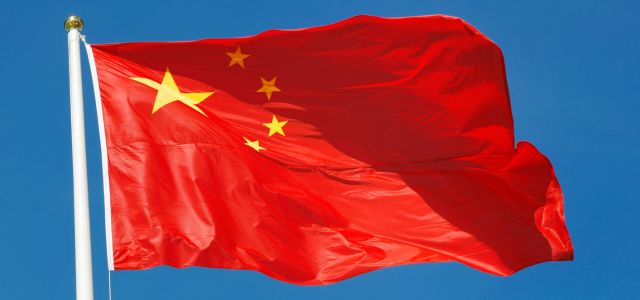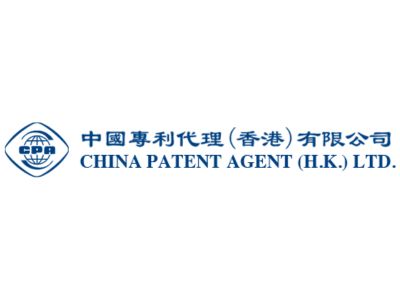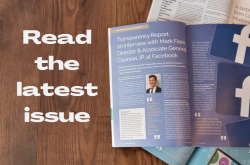The newly revised Anti-Unfair Competition Law of the People’s Republic of China will officially take effect on October 15, 2025. This revision represents a significant measure to address new forms of competitive conduct in the digital economy era and strengthen intellectual property protection, which will also have far-reaching implications for trademark protection.
General overview
The number of articles in the newly revised Anti-Unfair Competition Law has increased from 33 in the original law to 41. Notably, the new law introduces extraterritorial applicability provisions. Unfair competition acts committed outside the territory of the People’s Republic of China will be subject to this law if they disrupt the domestic market competition order or harm the lawful rights and interests of domestic operators or consumers. Additionally, the new law refines regulations on traditional unfair competition acts, such as acts causing confusion, commercial bribery, and false advertising, while specifically strengthening regulations on online unfair competition acts.
Provisions related to trademarks
The specific provisions related to trademark protection in the new law primarily include:
- Expanded protection for commercial identifiers: Building upon existing protections for domain name main parts, website names, and webpages, Article 7(1)(iii) adds protection for “new media account names, application names, or icons.” These digital-age identifiers have become crucial symbols for consumers to recognize the source of goods.
- Resolving conflicts between trademarks and business names: Article 7(2) explicitly defines the act of “unauthorized use of another party’s registered trademark or unregistered well-known trademark as the business name within an enterprise name, thereby misleading others into believing the goods originate from or have a specific connection with the other party” as an act of confusion. This achieves seamless alignment with Article 58 of the Trademark Law.
- Clarifying the nature of search keyword usage: The new law specifies that setting another party’s commercial identifier as a search keyword may constitute confusion. Search keyword usage is categorized into “explicit use” and “implicit use.” Industry debate previously existed regarding whether the latter constitutes unfair competition; the new law provides clearer criteria for such determinations.
- Defining operators’ contributory infringement liability: Article 7(3) explicitly states that “operators shall not assist others in committing acts of confusion,” referencing relevant judicial interpretations by the Supreme People’s Court to clarify the criteria for establishing contributory infringement.
- Clarifying liability and exemptions for selling confusing products: Sellers who are unaware that the goods they sell are illegal and can prove the goods’ lawful source may be exempt from administrative penalties, consistent with relevant provisions of the Trademark Law.
Aspects for trademark right holders to note
- Focus on protecting new commercial identifiers: Trademark holders should promptly extend protection to new media account names, application names, icons, and other identifiers that serve to distinguish the source of goods. They should also diligently collect evidence of their reputation and influence on an ongoing basis.
- Monitor online infringement: Focus on whether others set your trademarks or business names as search keywords, particularly in cases of “covert use,” and assess whether such use could cause confusion among relevant consumers.
- Address infringement masked by “registered trademarks”: Be vigilant against infringers who cloak their actions in “legitimacy” through trademark assignment, squatting, or circular registration. When trademark law offers insufficient remedies, actively seek protection under unfair competition laws.
- Leverage platform complaint mechanisms: The new law strengthens the liability of e-commerce platform operators. Rights holders should familiarize themselves with each platform’s reporting, complaint, and dispute resolution mechanisms, promptly requesting platforms to take the necessary measures.
- Focus on evidence collection and preservation: During enforcement efforts, diligently gather and preserve evidence demonstrating the likelihood of confusion caused by the opposing party’s actions, the losses incurred by the rights holder, and the opposing party’s intent to infringe.
- Consider extraterritorial applicability: For unfair competition occurring overseas that disrupts China’s market competition order or harms the legitimate rights and interests of Chinese operators or consumers, actively monitor such activities and seek remedies under the new law’s extraterritorial provisions by presenting evidence.
Summary
The newly revised Anti-Unfair Competition Law represents a significant legislative achievement in China’s response to digital economic development and strengthened intellectual property protection. It substantially enhances safeguards for trademarks and other commercial identifiers, particularly by regulating novel competitive practices in the digital environment. The law resolves numerous practical disputes and establishes more organic coordination with the Trademark Law. For trademark attorneys, the new law signifies broader practice areas and heightened professional demands. Notably, with the expansion of extraterritorial application provisions in China’s Anti-Unfair Competition Law, trademark attorneys must cultivate an international perspective and adeptly apply both trademark law and anti-unfair competition law to formulate multi-tiered, comprehensive protection strategies for rights holders.

Written by Gang HU
Deputy General Manager, China Patent Agent (H.K.) Ltd.
The Trademark Lawyer Editorial Board Member
You may also like…
Winter Intellectual Property Conference 2025: a review
As a proud member of the Editorial Board of The Trademark Lawyer, I could not decline the invitation of the...
Jurisdiction in trademark rectification to vest with the High Court, appellate to the Registry
In a recent judgment in the matter of PAS Agro Foods v. KRBL Limited (2025:KER:79840), the Kerala High Court addressed...
Takeaways from J.M. Smucker Company v. Trader Joe’s Company for brand owners regarding trade dress enforcement
Dupes and generic brands, which were once seen as inferior alternatives to name-brand products, have become more...
Contact us to write for out Newsletter














